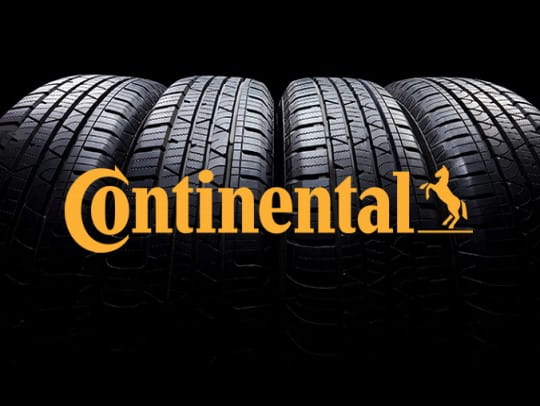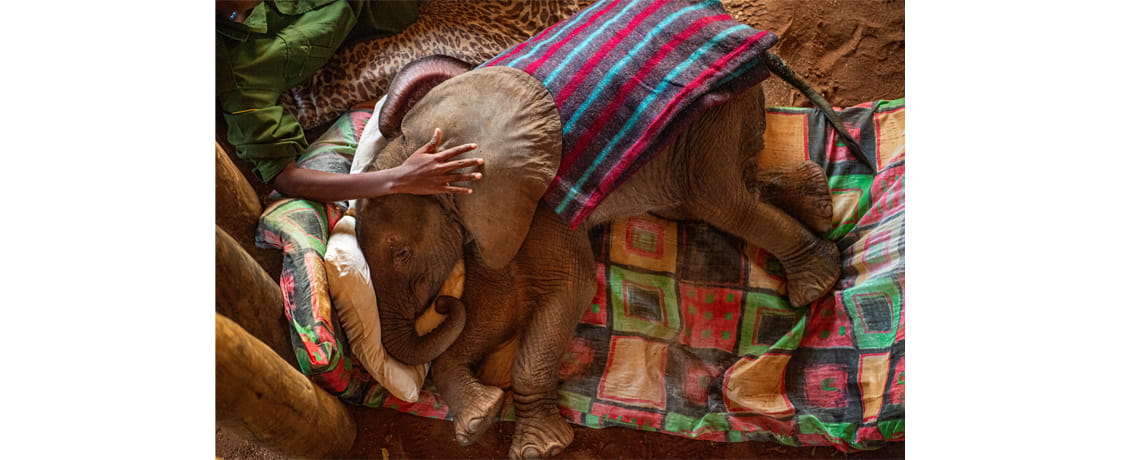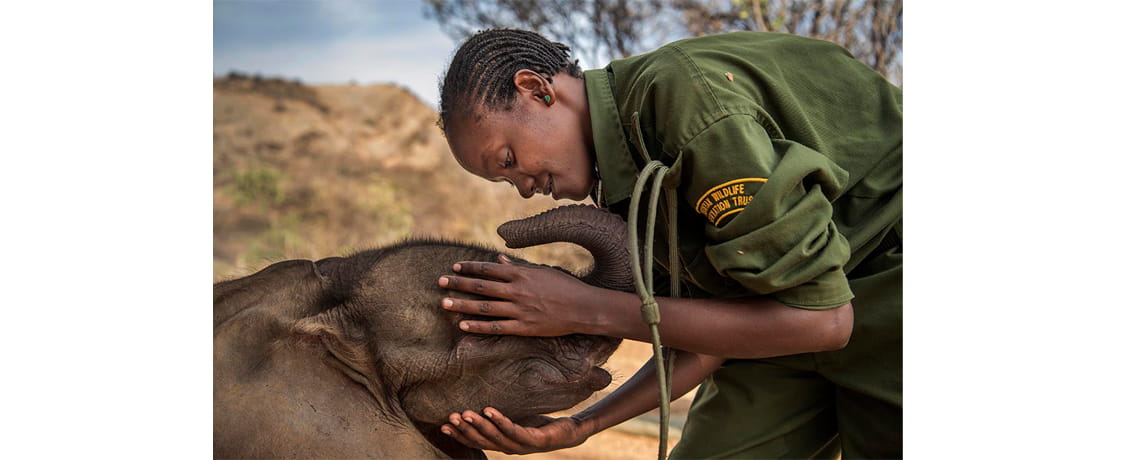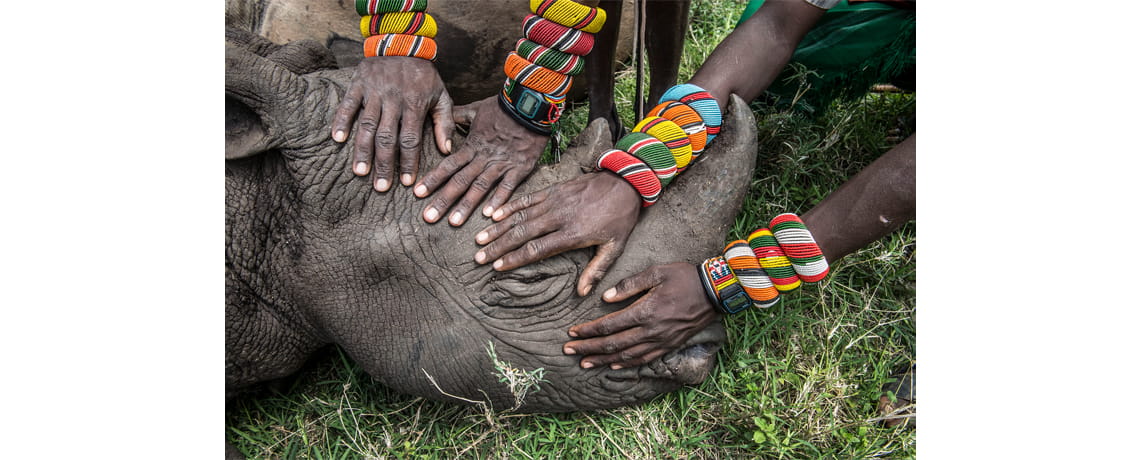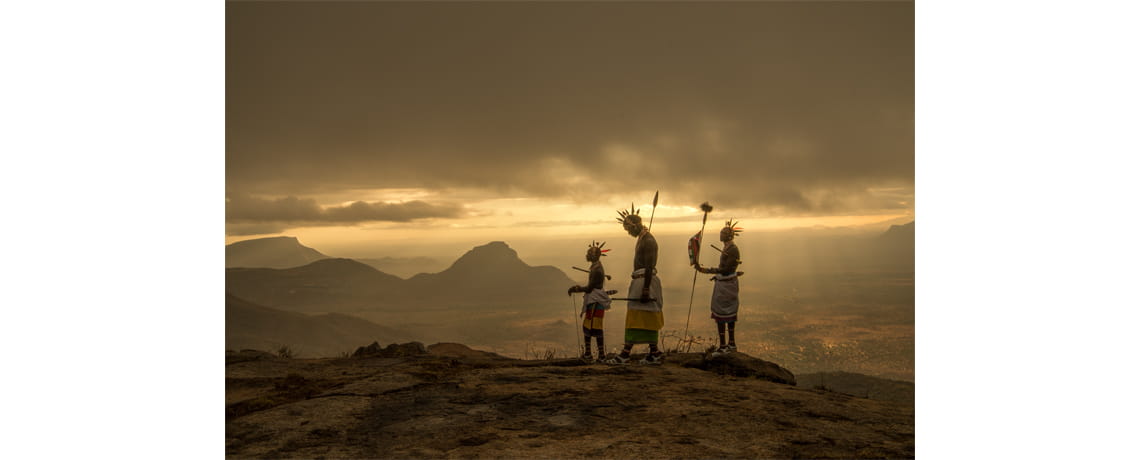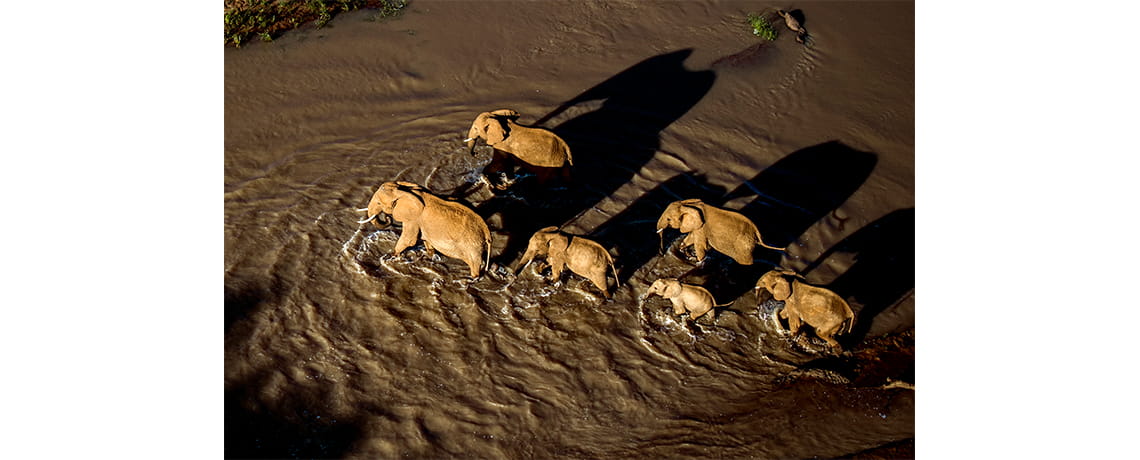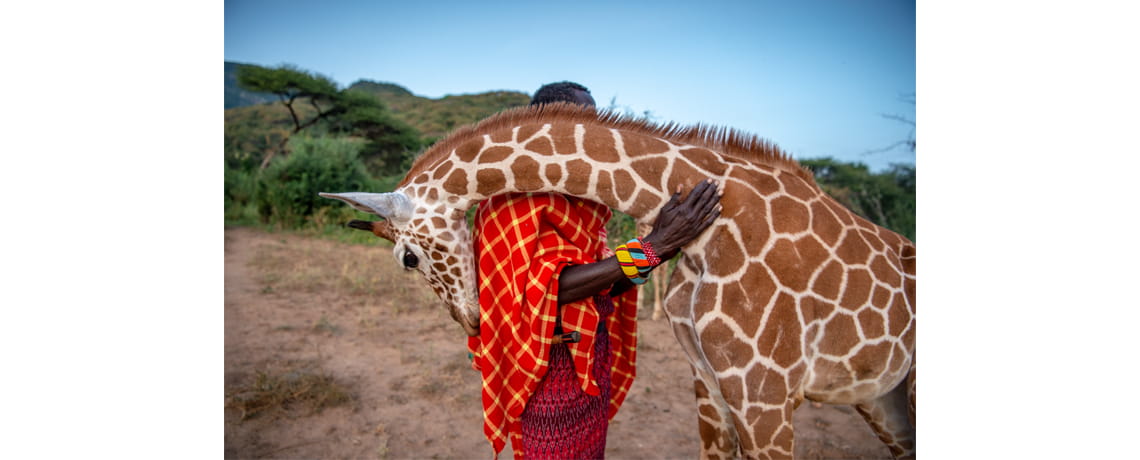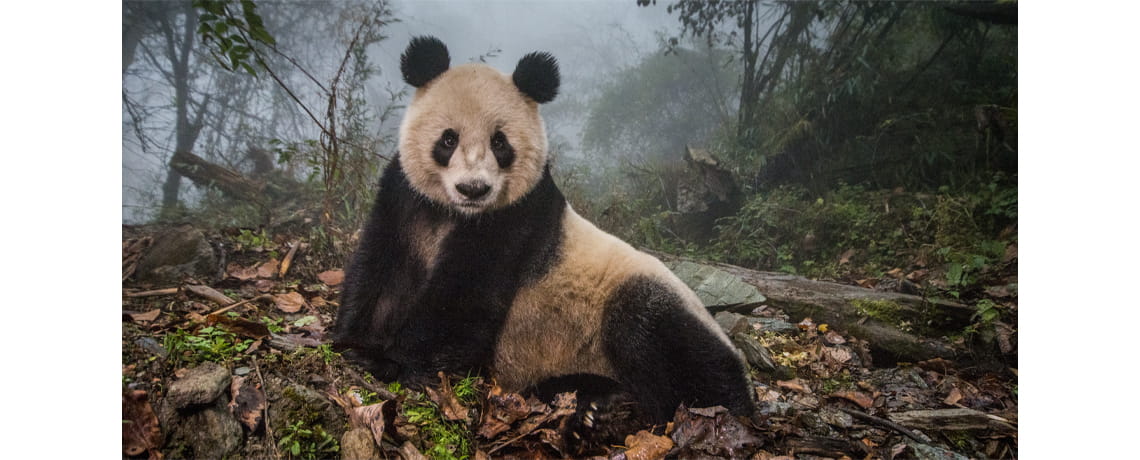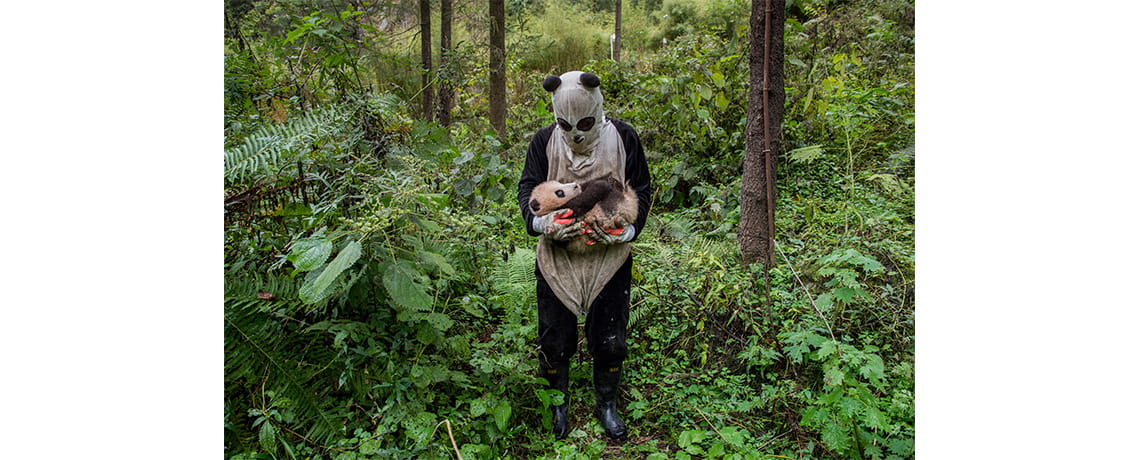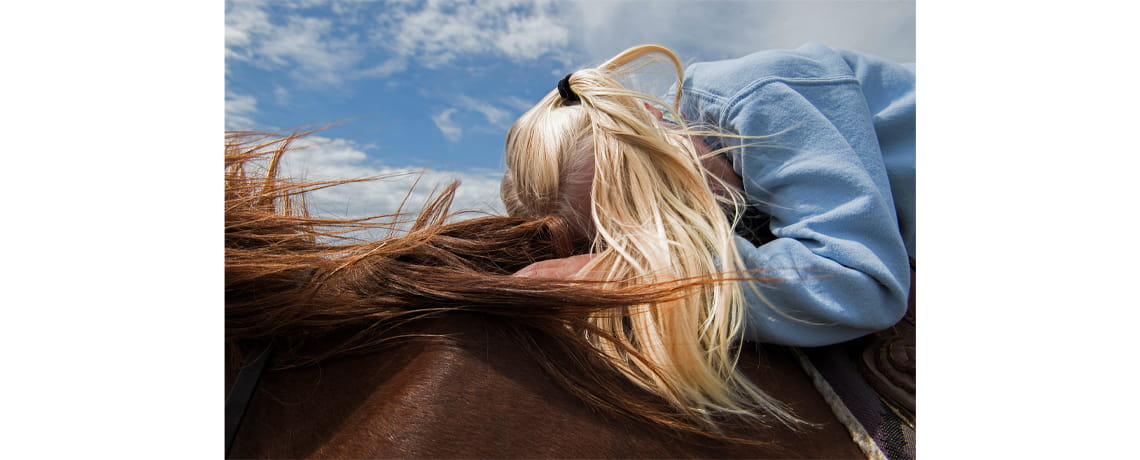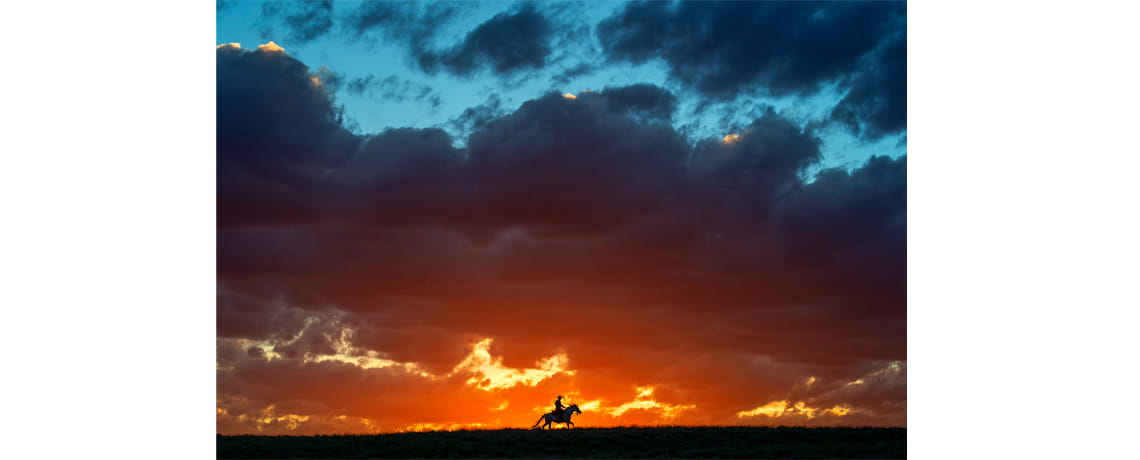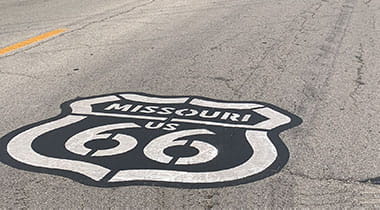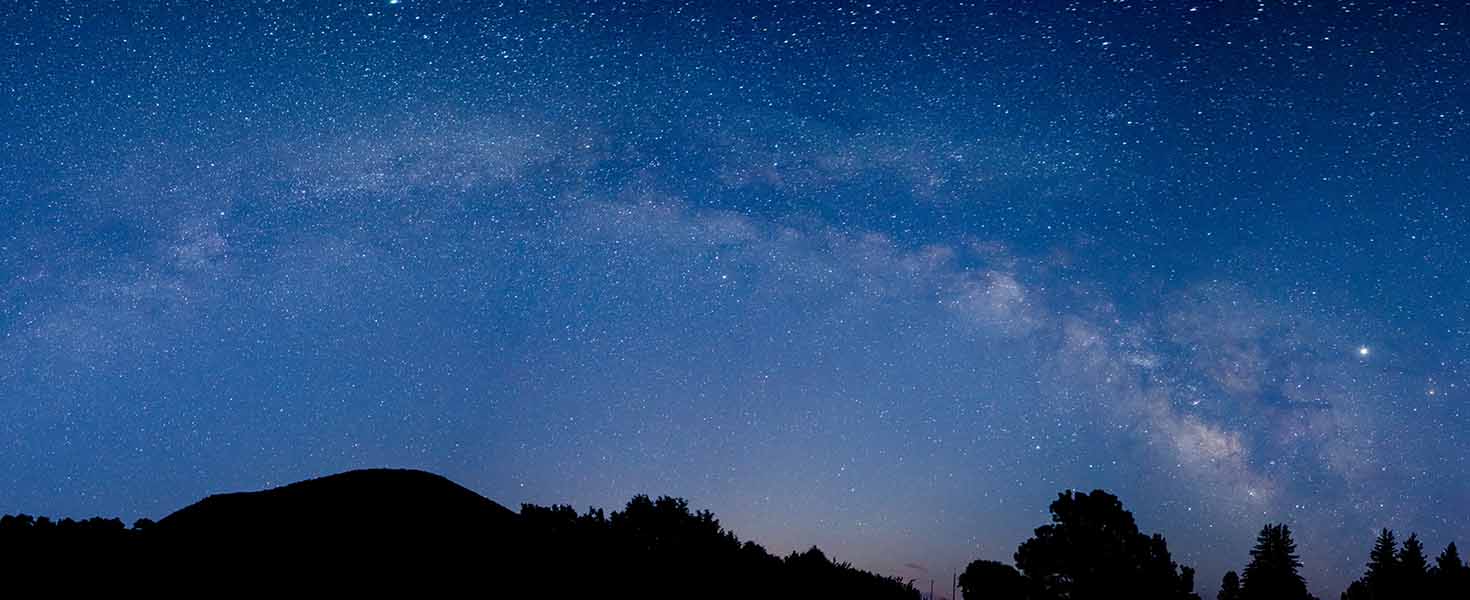National Geographic photographer and filmmaker Ami Vitale has traveled to more than 100 countries to document not only violence and conflict but also the sublime beauty and resilience of humanity and the natural world. She has raked in accolades that include five World Press Photo awards, multiple Magazine Photographer of the Year prizes and the Daniel Pearl Award for Outstanding Reporting. In 2018, InStyle magazine named Vitale one of The Badass 50, “women who show up, speak up and get things done.”
AAA World magazine recently spoke by phone to Vitale about her photography and her passion for wildlife and the environment. At the time, Vitale was at her home in Missoula, Montana, watching out the window as ash from the wildfires in the West dropped from the sky.
AAA World: When and why did you first pick up a camera?
Ami Vitale: I was this painfully shy, gawky young woman. The camera in the beginning was a passport for me to get out and start engaging with people in the world around me, a tool for self-empowerment. But as I started getting into photography, I realized pretty quickly how powerful it could be. People could look at an image, and it didn’t matter what language they spoke or where they came from, they could instantly feel something. People could look at an image and understand right away what I saw and experienced, and I loved the power of that. I realized pretty quickly that it was a wonderful way of telling stories.
AAAW: You’re renowned for living the story when you photograph a subject. Why do you believe it’s essential to photograph this way?
Vitale: In my early and mid-20s, I worked for Associated Press and different magazines and newspapers with tight deadlines. I was asked to parachute in to different countries and spend a few days or weeks to cover very complex stories that I knew nothing about. Often, I didn’t even speak the same language, and I learned quickly that that is not how I want to tell others’ stories.
After that, I chose to live in the same community for several years while working on one story. It takes time to truly understand one another’s stories and, once we do, we are transformed forever. So whether it means committing to live in a war zone to understand the capacity for human resilience or dressing up as a panda to be able to work closely with them, I learned great storytelling takes time and patience.
Baby Pandas in 360°, a film by Ami Vitale
AAAW: You dressed up as a panda? Tell us about that.
Vitale: I began my journey with pandas first by documenting a captive giant panda bear named Hope as she was released into the wild in China. With the trust I built on that assignment, I was able to gain access and embark on a three-year journey into the fascinating lives of these bears. [Despite what you might have heard in the past, scientists do indeed classify pandas as bears.]
In order to get close to the captive pandas that were being sent back to the wild, I had to dress up as a panda. It’s harder to rock a panda suit than you might imagine, particularly when the suit is scented with panda urine and sometimes panda feces. Pandas have a good sense of smell, but their eyesight isn’t very developed, so the costume and the smells were thought to be convincing enough that the pandas would let us work close to them.
The experience was like being in a wacky Wes Anderson film: I’d wake up and get dressed in a panda costume, and everyone else I was working with also wore a panda suit. Despite the unusual and stinky circumstances, I’d happily do it again.
There are fewer than 2,000 giant pandas left in the wild. Their breeding secrets have long resisted the prying efforts of zoos, and the mountainous bamboo forests they call home have been decimated by development and agriculture.
Over the past 30 years, researchers from the China Conservation and Research Center for the Giant Panda have been working on breeding and releasing pandas, augmenting existing populations and protecting their habitat. And they’re finally having success. China may be on its way to successfully saving its most famous ambassador. [You can see more of Vitale’s panda photos in her book Panda Love: The Secret Life of Pandas.]
AAAW: Early in your career, your work focused on violence and conflict. Around 2008, you began photographing stories about culture and the environment. Why the shift?
Vitale: I needed to take a break from conflict. I was depressed and struggling. I told myself I was going to take the next six months off to go home and heal. And then a colleague called me about a project for the next six to nine months. I said, ‘I don’t want it. I don’t want to go back and do this work.’
He said, ‘No, no. You’ll really want to take this assignment.’ It was for the Nature Conservancy—to go around the world and photograph nature and some of the organization’s conservation work for a traveling exhibit and book project.
It was honestly like this gift from the universe at that moment because that’s exactly what I needed for my soul: to see the beauty of the world.
Until then, I had been working to cover underreported issues primarily about women, poverty, health and security. I didn’t realize it when I began, but all of these issues are really about our planet and our limited resources. Stories about the land are always stories about people. You cannot talk about one without the other.
If recent storms and natural disasters tell us anything, it is that we are inextricably linked to the forces of nature. Climate change is no longer about just polar bears; it’s about every living thing.
mirages, a film by Ami Vitale
AAAW: Perhaps your most famous photo was the final picture of Sudan, the last living male white rhino in the world, who died in 2018. How did that come about?
Vitale: Around the time I began my work for the Nature Conservancy, friends from the Czech Republic, where I lived in the late ’90s, got in touch with me and said, ‘Hey, there’s a plan to move four of the world’s last living eight northern white rhinos back to Kenya.’ It sounded like a Disney film, but the reality was that this was a last-ditch effort to save the entire species.
I thought, ‘That’s a crazy story. I have to go.’ I sent a pitch out to every magazine and media organization that I knew, and nobody accepted it. They all said, ‘That’s a great story for radio, but it won’t be visual.’ I was rejected … but I thought, ‘You know what? I’m going to go anyway. This is important.’ I trusted my instincts, and it’s probably the most profound story I’ve ever covered in my whole career.
When I first saw those rhinos, they stopped me in my tracks. I looked at them and realized, ‘This is extinction. This is what we’re doing to our planet.’ These majestic, ancient creatures have been roaming the planet for millions and millions of years, but …. They could not survive us, humankind.
Now, in this beautiful twist of fate, it’s gone from a story documenting extinction to a story of hope. An international team called the BioRescue Project is trying to bring the species back from extinction through in vitro fertilization, using the eggs of the last two females alive and the frozen sperm of deceased male northern white rhinos. If they are able to bring this species back, it’s going to mean so much for all endangered animals.
The image that you’re talking about, a 2019 National Geographic cover, was of Joseph Wachira [a keeper at the Ol Pejeta Conservancy in Kenya] resting his head into the last male northern white rhino, Sudan, moments before the rhino passed away. It was heartbreaking watching these two old friends together for the last time.
I think the photo resonated with people. It was a wake-up call. We must begin to see our world as part of the natural world, and the natural world as part of our world. Our fates are linked. Without rhinos and elephants and other wildlife, we suffer more than just the loss of ecosystem health. We suffer a loss of imagination, a loss of wonder, a loss of beautiful possibilities.
National Geographic’s viewers called it the best image of the decade. There’s a reason for that because the image is not just sadness and loss; it’s also symbolic of the best of humanity. I think it’s really, really important that we all look at the world and remember that our future is not written right now. What happens next is in all of our hands. Nature is resilient if we give it a chance. We all have the capacity to get engaged and use our voices to make a difference. The messenger matters just as much as the message itself. Each of us can be a powerful voice when speaking to the people in our lives. We have a choice, and I really hope these images and stories can remind people of that.
Reteti Elephant Sanctuary, a film by Ami Vitale
AAAW: A lot of your work involves traveling. Have you slowed down your traveling due to the pandemic?
Vitale: Yes, and it was the best thing that’s ever happened to me. A lot of us were on a bit of a treadmill and doing what we thought we had to do, and then when we were forced to slow down, I just embraced it. I embraced the stillness and realized that so much of what I was doing was unsustainable, too. It helped me reexamine my own life and figure out what things I really need to travel for. Turns out, there’s a lot of stuff we can cut out, and it’s better for the planet.
This pandemic—I feel like nature sent us a really strong message that we are all deeply connected to one another and that we need to remember that, and then, in our own lives, we need to ask what’s really important. How do we slow down and do things that are better for all of us?
AAAW: What are the stories you’re telling while you’re at home in Montana?
Vitale: I have be honest. There are days when it is hard to stay motivated. The state of the world made me want to lie in a fetal position. But this is exactly the moment when we have to forge ahead, stay positive and work to protect what we love. Knowing my own work has come to a standstill, I have been creating a number of different fundraisers for conservation efforts and to support girls’ education.
I am also doing online teaching, mentoring girls, working on a book called Wild Hope and finishing up editing a film I worked on for four years about the Reteti Elephant Sanctuary in Kenya. It is the first Samburu indigenous-owned and -run elephant sanctuary in Africa.
AAAW: You were recently named the first-ever wildlife ambassador for the TreadRight Foundation, The Travel Corporation’s nonprofit. What kind of work will that involve?
Vitale: Helping to spread the message that traveling is a wonderful privilege but that we need to be more thoughtful travelers. Traveling can have both a very positive impact and a very negative impact. I think everyone is starting to realize even that posing with wild captive animals, for example, is negatively impacting wildlife and the planet. My goal is to encourage travelers to make conscious choices that support the ethical treatment of wildlife and protect endangered populations. We need to make sure that the impact we have on the planet, including through travel, is good for the environment, for wildlife, because it turns out that will be better for all of us. Right now, nature and wildlife are struggling, and they need our help.
Learn more about Ami Vitale at www.amivitale.com.

